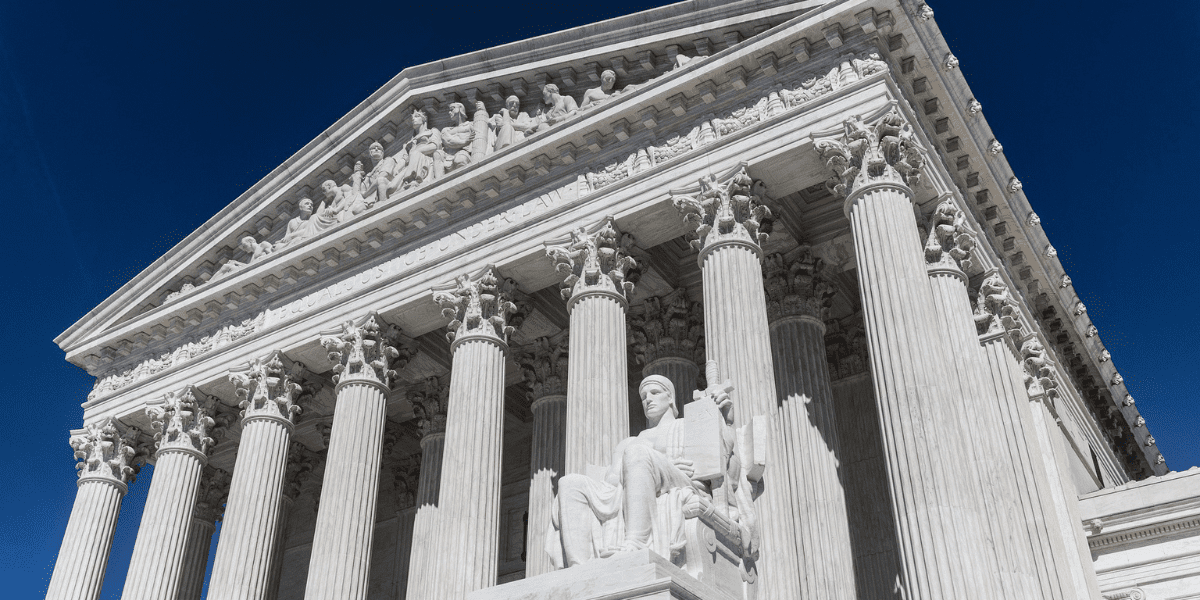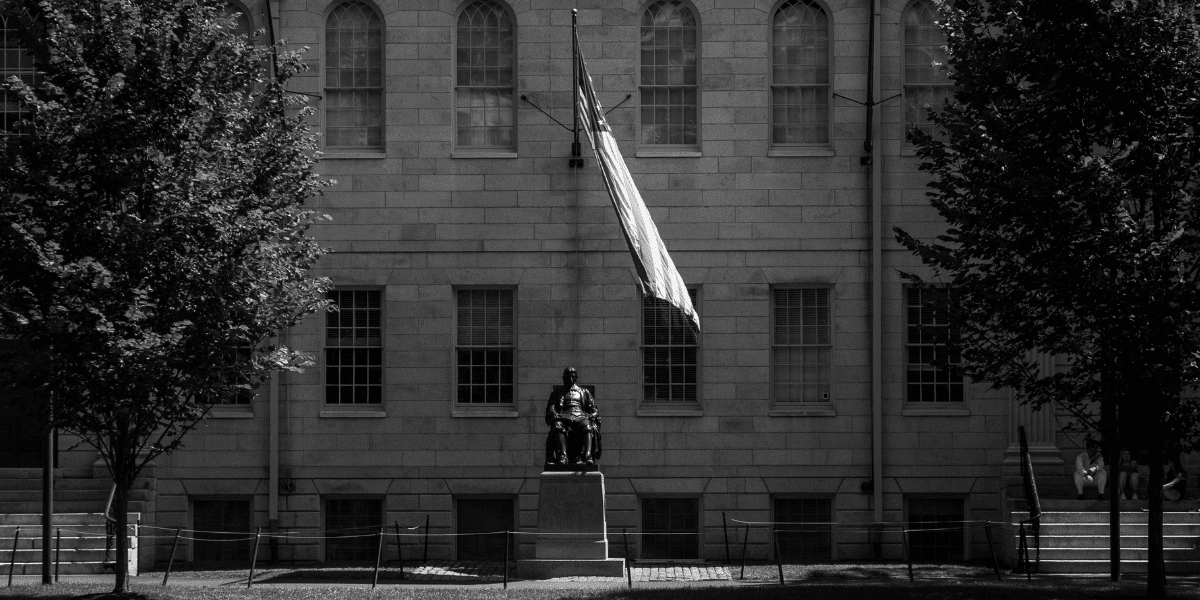In Boyer v United States,[1] the Court of Appeals for the Federal Circuit revived a claim brought by a female clinical pharmacist that a Veterans Medical Center which paid her a lower salary than a male clinical pharmacist for work that required “equal, skill, effort, and responsibility” on the bases that the male pharmacist had a higher pay rate at his previous position. The Court ruled that this was a violation the Equal Pay Act.[2] In doing so, the Court held that the principles of the Equal Pay Act applied to government pay setting decisions with the same force as it does to private employers.
Boyer’s case ended up before the Court of Federal Claims where the government did not dispute her claim that she was being paid less than her male counterpart for the same job with the same responsibilities. Rather, the government argued that it was entitled to dismissal on grounds that the difference in pay was based on the male comparator’s prior pay, and a pay setting decision based on prior pay alone was sufficient to establish an affirmative defense to an EPA claim because the pay differential was based on a factor “other than sex” within the meaning of Section 206 (d) 1 of the EPA. The Claims Court accepted this argument along with the government’s argument that it was covered by two statutes dealing with hiring and pay setting which authorized it to set rates based on prior pay as a means of recruiting and retention.
Ready to book your consultation? Click below to pay our consultation fee and book your meeting with an attorney today!
The Federal Circuit reversed the dismissal. At the outset, it ruled that a private employer could not justify pay differentials between sexes based solely on prior pay. In doing so, the Court adopted what it characterized as a “middle ground” used by the Sixth, Tenth, and Eleventh Circuits on the legitimacy of use of prior pay in pay setting decisions. Under this approach prior compensation cannot be the sole factor in pay setting because “prior pay might be artificially reduced by prior sex discrimination such that prior pay would be lower than that for the male comparator and its consideration would improperly justify a lower starting salary for an equally qualified female hire.”[3] This principle “recognizes that sex discrimination can be (but is not always) inherent in prior pay.” Id. Therefore, the middle approach “acknowledges that there may be legitimate reasons to consider prior salary, such as the ability to hire and retain skilled workers, but that prior salary without consideration of other factors can allow behavior to persist” that is contrary to the language and purpose of the EPA.[4]
The government did not dispute the above analysis as it pertained to the private sector. However, it argued that government pay setting should be analyzed differently because of two statutes (5 U.S.C. Section 5333 and 38 U.S.C. Section 7408) which provide the government with flexibility to assure it is hiring qualified employees and arguably allow it to consider prior compensation. This defense was rejected for several reasons.
First, the Court pointed out the EPA was an amendment to the Fair Labor Standards Act and when Congress amended the FLSA to cover state and federal workers in 1974, its purpose was to extend its protection to additional employees – “not to extend some lesser or different set of protections to government employees…Thus, both the text and legislative history of the EPA indicate that it should apply equally to government and private employers.”[5]
You can contact us 24 hours a day, 7 days a week via phone at 8885294543, by e-mail at info@tullylegal.com or by clicking the button below:
The Court went on to reject the government’s defense that the two pay setting statutes allowed it to apply the EPA differently than a private sector employer. The Court noted that the pay setting laws did not mandate use of prior compensation in setting pay, but simply gave the government discretion to consider this factor along with other factors. This “discretion to consider each of the listed factors [is not] a command to consider each of the listed factors.”[6] Beyond this, the Court found that “there is no indication that Congress in enacting the pay-setting statutes considered the possibility that relying on prior compensation would perpetuate discrimination.” Id. The Court concluded that the government pay-setting statutes “are easily construed to only authorize consideration of prior pay if such consideration is not contrary to another statute, here the EPA.”[7]
Boyer argued that, based on this analysis, she was entitled to judgement. The Court refused to grant judgment because it saw record evidence “both ways” as to whether prior pay alone was the deciding factor in the pay differential between Boyer and the male comparator. 97 F 4th at 849. Hence, the case was remanded to the Claims Court to determine whether there was a bona fide business reason other than prior pay for the pay differential, such as experience or credentials, and whether the government actually relied on these other factors in addition to prior pay in making its pay decision.[8]
If you have additional questions about the Equal Pay Act or wish to schedule a consultation regarding a specific legal matter, the Tully Rinckey team of federal employment attorneys is available to assist you today. Please call 8885294543 to schedule a consultation, or click here to schedule a consultation online.
[1] 97 F. 4th 834 (Fed. Cir. 2024).
[2] 29 U.S.C. Section 206 (d) 1.
[3] 97 F. 4th at 842.
[4] Id. at 844.
[5] Id. at 846.
[6] Id. at 848.
[7] Id.
[8] Id.







